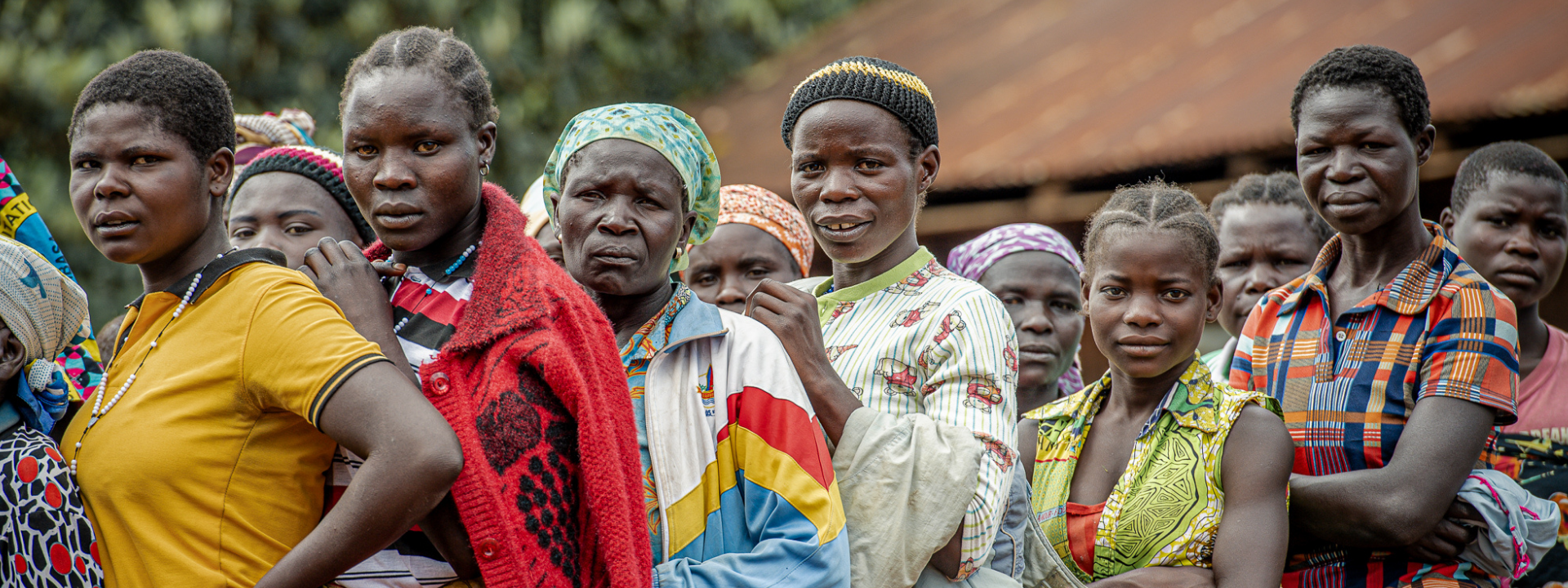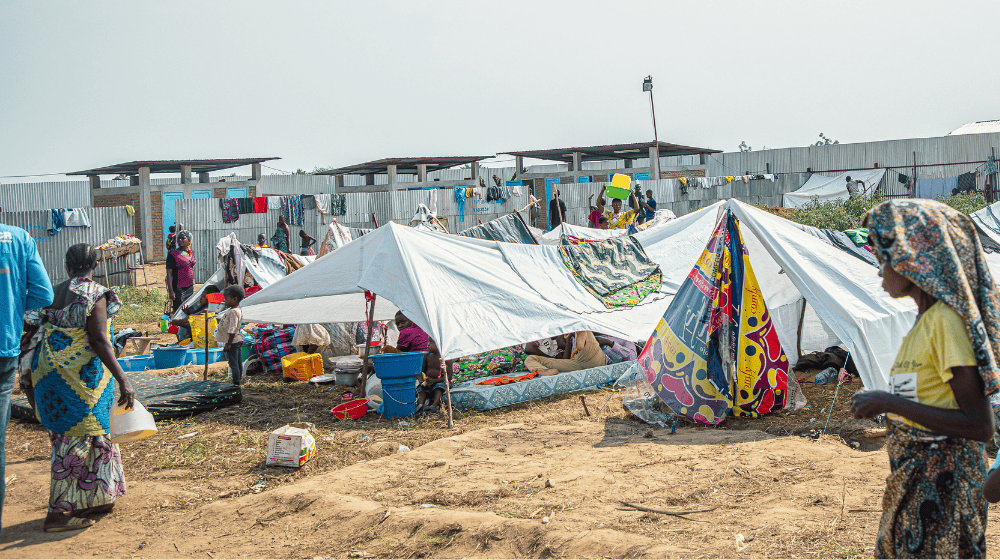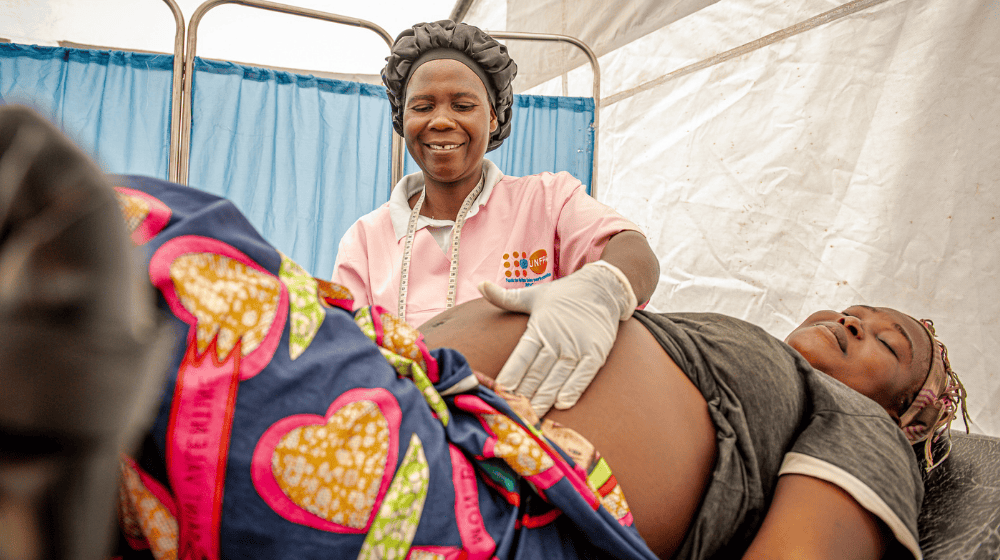Pregnancy and childbirth do not pause during crises.
Conflict, war, disease outbreaks, pandemics, and climate-related events such as flooding and droughts can force them to migrate often away from their known surroundings, increasing their vulnerability to violence. Education and health access is limited during conflict, while family planning and access to contraception becomes scarce and often de-prioritized by responders. Through these -and countless other challenges- women and girls are one of the most vulnerable groups during a humanitarian crisis.
Worldwide, it is estimated that 11 million pregnant women will require humanitarian aid in 2025. With resources stretched thin, their unique needs often fall through the cracks, heightening vulnerabilities and widening protection gaps.
In East and Southern Africa, underfunded responses such as in Ethiopia and Uganda, are keeping critical healthcare and protection services out of reach for many. In South Sudan, which suffers one of the world’s highest maternal mortality ratios, protracted conflict, food insecurity with close to 100,000 people in famine-like conditions together with the loss of investment in midwifery training threatens the development of a qualified workforce of midwives. For Zambia the drought might seem over, but recovery efforts are essential to avoid bigger setbacks yet the likelihood of recurrence remains high.
During conflicts, natural disasters and public health emergencies, sexual and reproductive health needs are often overlooked – with staggering consequences. Pregnant women risk life-threatening complications without access to delivery and emergency obstetric care services. Women and girls may lose access to family planning services, exposing them to unintended pregnancy in perilous conditions. Women and girls also become more vulnerable to sexual violence, exploitation and HIV infection.
Making access to sexual and reproductive health services is as essential as food and shelter during humanitarian action. Integrating these services into every phase of humanitarian responses is crucial in upholding the safety and dignity of women and girls.
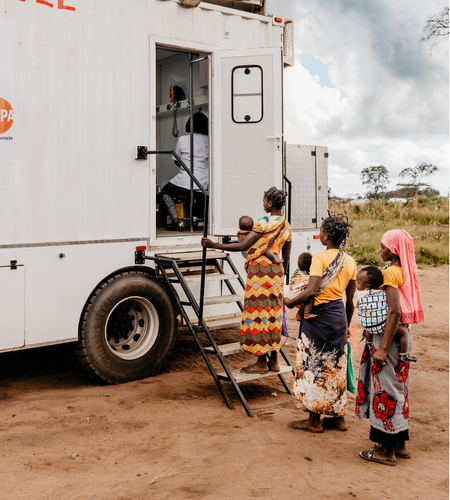 |
Mobile health teams UNFPA’s mobile health teams extend a lifeline to women and girls in humanitarian crises, providing crucial reproductive healthcare and support in hard-to-reach and conflict-affected areas. These teams often offer the only accessible healthcare for displaced and isolated communities in areas where already strained health systems are impacted by conflict or climate change. From safe childbirth assistance to urgent time-sensitive medical treatment and counselling for survivors of gender-based violence, mobile services are indispensable in maintaining health and dignity. |
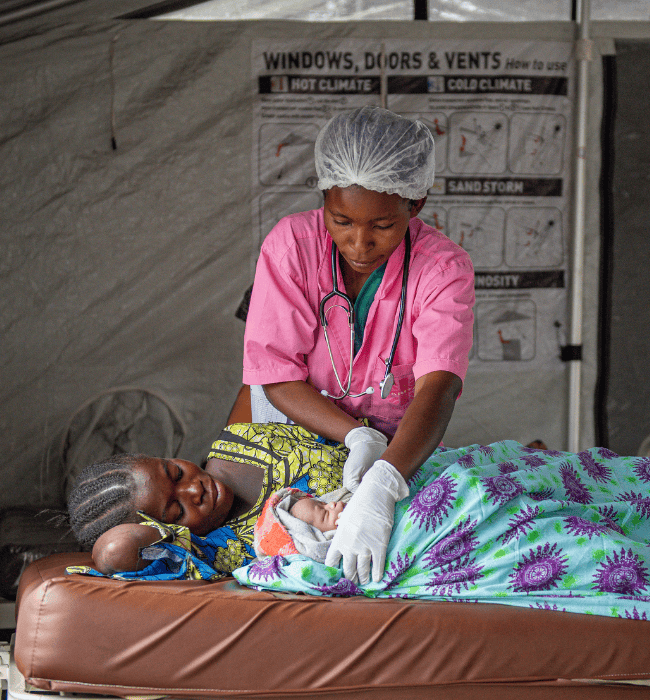 |
Midwives UNFPA’s humanitarian midwives deliver crucial care to some of the world’s most vulnerable women in regions affected by conflict and climate-related crises. Midwives from the local health systems often understand the context, easily access communities and are more accepted. |
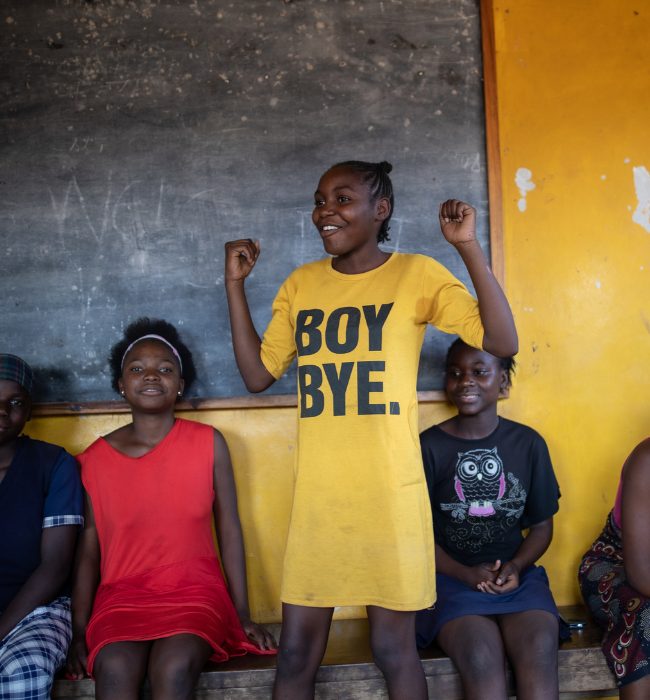 |
Safe spaces for youth Youth-friendly spaces and youth-responsive programmes are critical elements of UNFPA’s strategy. By providing safe spaces we ensure that young people have access to vital services, educational opportunities, and a platform to voice their concerns and contribute to the recovery and resilience of their communities. |
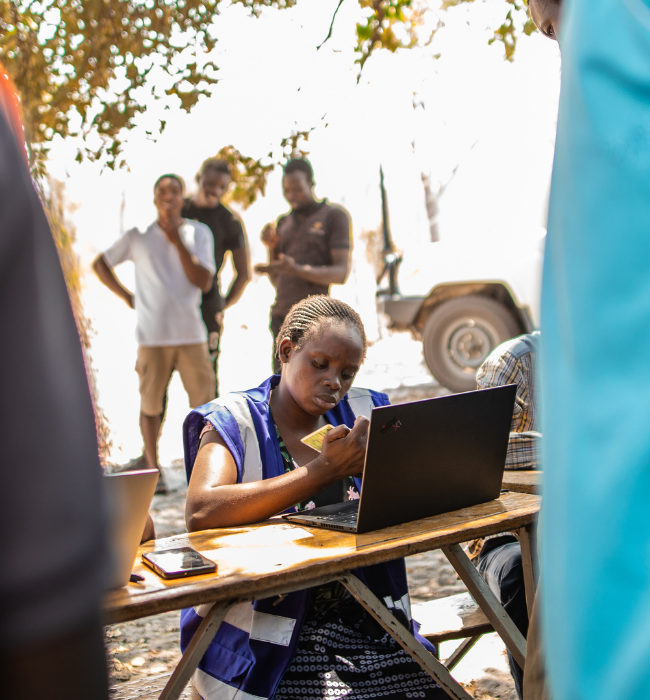 |
Cash and voucher assistance UNFPA leverages cash assistance in large-scale emergencies as part of its mandate to operate across both humanitarian and development contexts. Cash and voucher assistance not only eases operations but also ensures a dignified response and promotes local economies. |
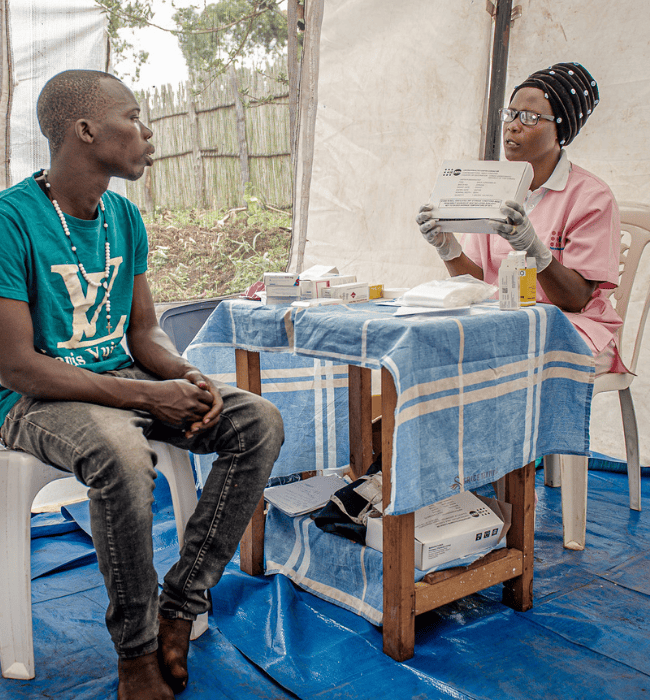 |
Supplies Every day, UNFPA ships hundreds of hygiene supplies, medical equipment and reproductive health kits to crisis settings, providing core life-saving services and supporting the restoration and strengthening of health systems as part of recovery. |

